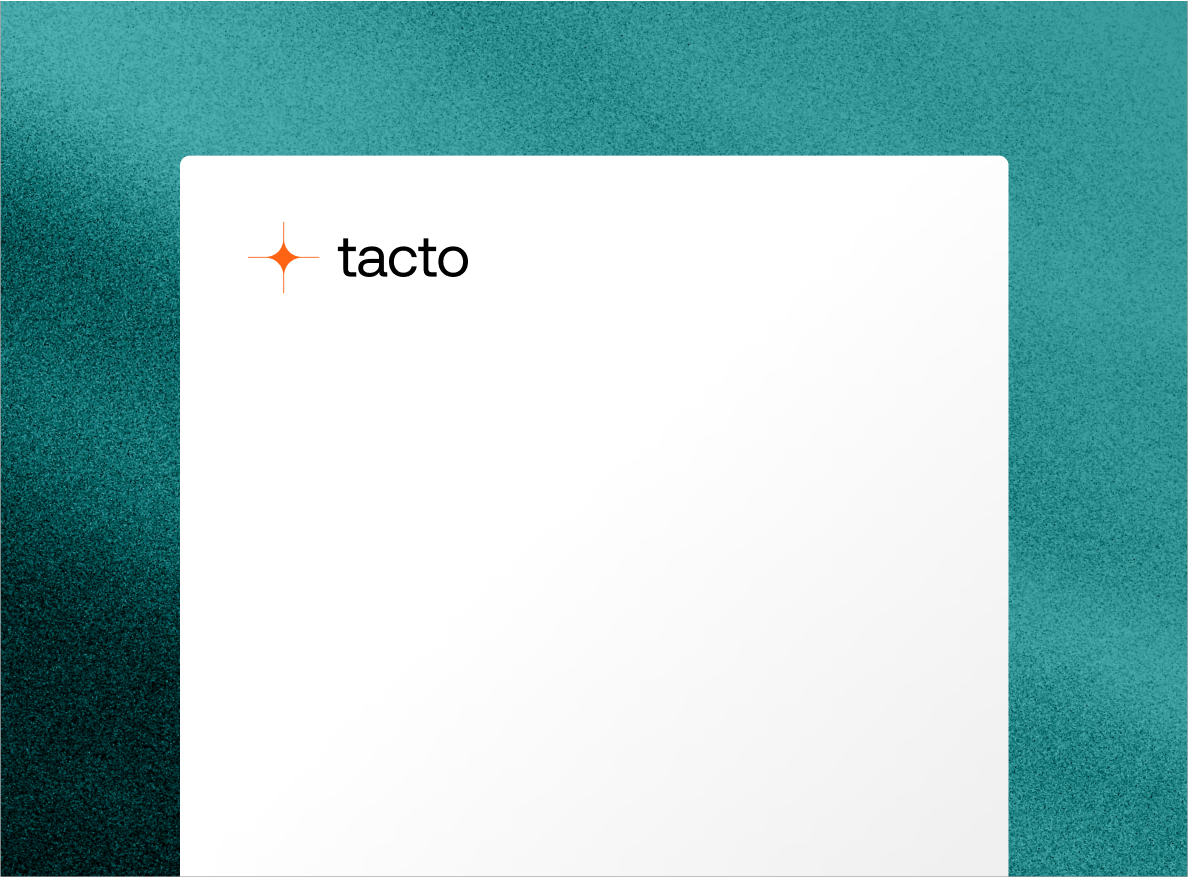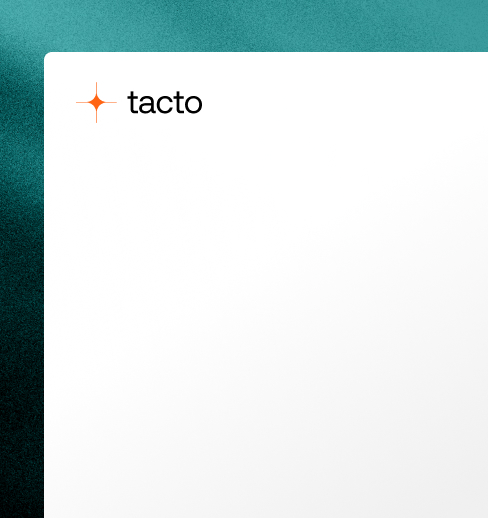Procurement Glossary
CBAM: The carbon border adjustment mechanism and its significance for strategic Procurement
The Carbon Border Adjustment Mechanism (CBAM) is revolutionizing the procurement strategies of European companies by introducing a carbon price on imported emission-intensive goods, presenting Procurement with new challenges in the area of sustainable procurement and making CO2 emissions a decisive cost factor in global supply chains.
What is CBAM?
The Carbon Border Adjustment Mechanism (CBAM) is a European Union climate policy instrument that puts a carbon price on imported emissions-intensive goods to prevent carbon leakage and create a level playing field for EU companies. CBAM obliges importers to purchase CO2 certificates for certain products imported into the EU at a price that corresponds to the costs applicable in the EU Emissions Trading System (EU ETS), thereby taking into account CO2 emissions in the upstream supply chain.
Background and purpose of the CBAM
Climate policy context
CBAM is a central element of the European Green Deal and the EU's "Fit for 55" package. The mechanism complements the EU Emissions Trading System (EU ETS), which has been in place since 2005 and already prices CO2 emissions within the EU. The EU's main goal is to become the first climate-neutral continent by 2050, with an interim target of a 55% reduction in CO2 emissions by 2030 compared to 1990 levels. Achieving these ambitious targets will require a combination of different instruments, with CBAM playing a crucial role by addressing the international dimension of climate policy.
The problem of carbon leakage
A fundamental problem of unilateral climate policy is what is known as "carbon leakage". This term describes the phenomenon of companies relocating their production from regions with strict climate policies (such as the EU) to countries with lower environmental regulations. Carbon leakage occurs when CO2 prices and other EU measures lead to rising costs and competitive pressure in emission-intensive sectors. As a result, production facilities are relocated to non-EU countries or EU products are replaced by more emission-intensive imports from third countries. As a result, greenhouse gas emissions are merely shifted abroad with lower climate targets instead of actually being reduced.
Aims of the CBAM
The CO2 border adjustment mechanism pursues several strategic objectives. Primarily, it is intended to prevent carbon leakage by creating a level playing field for domestic and foreign producers. In addition, CBAM is intended to ensure that EU climate targets are not undermined by imports from countries with less stringent climate regulations. Another objective is to promote cleaner industrial production in third countries, as the mechanism creates incentives for international trading partners to introduce their own carbon pricing systems and decarbonize their production processes. Ultimately, CBAM contributes to the transformation of business models and makes an important contribution to the global reduction of greenhouse gas emissions.
How the CBAM works
Basic principle
CBAM essentially functions as a compensation mechanism for CO2 costs. Importers must purchase CBAM certificates for certain goods imported into the EU, the price of which is based on the CO2 content of the goods and the current CO2 price in the EU ETS. The mechanism is closely linked to European emissions trading and is intended to accompany the gradual abolition of the free allocation of emission allowances in the EU ETS. As a result, imported products will be subject to the same CO2 costs as products manufactured in the EU, which will lead to cost transparency and enable fair competition.
Calculation of CBAM levies
The CBAM levies are calculated on the basis of embedded emissions, i.e. the greenhouse gases released during the production of the imported goods. Both direct emissions from the production process and indirect emissions, such as those caused by the generation of the electricity used for production, are taken into account. The price of CBAM certificates is based on the weekly average price of emission certificates in the EU ETS. If CO2 taxes have already been paid in the country of origin, these can be taken into account in order to avoid double taxation.
Reporting obligations and responsibilities
The declarant or, if the declarant is not based in the EU, their indirect representative is generally obliged to report. Importers must prepare a quarterly CBAM report, which must be submitted no later than one month after the end of the quarter. This report must contain information on the quantity of imported goods, the type and origin of the goods, the embedded emissions (direct and indirect) and the CO2 prices already paid in the country of origin. Since the third quarter of 2024, only EU default values may no longer be used for reporting, which increases the requirements for data collection and quality.
Timetable and implementation phases
Transition phase (2023-2025)
Since October 1, 2023, the CBAM has been in a transition phase in which initially only reporting obligations, but no financial burdens, arise for companies. This first mandatory reporting period serves to prepare companies for full implementation and to gain experience with the system. During this phase, importers must submit quarterly reports on their imports subject to CBAM and their emissions, but without having to purchase CBAM certificates.
Definitive phase (from 2026)
The CBAM will enter its definitive phase from 2026. From this date, importers will actually have to purchase CBAM allowances and pay for the embedded emissions of their imported goods. This coincides with the phasing out of the free allocation of emission allowances in the EU ETS, which should ensure a seamless transition between the two systems. From 2026, CBAM goods can no longer be imported into the EU without registering as a CBAM applicant.
Important deadlines and developments
There are several important deadlines and developments for purchasing departments to be aware of: EU companies will be able to register as CBAM applicants with the competent authority (in Germany: DEHSt) from 2025. From mid-2025, new standard values for calculating emissions are to be established, which can be used from 2026. It is also expected that the scope of the CBAM will be extended to other product groups from 2026, which will require continuous monitoring of regulatory developments.
Affected industries and products
Sectors currently affected
In the current phase, the following emission-intensive sectors are affected by CBAM: Iron and steel, aluminium, cement, fertilizers, hydrogen and electricity. These sectors were selected because they are characterized by high CO2 emissions on the one hand and a significant risk of carbon leakage on the other. They represent a significant proportion of the EU's industrial emissions and are also highly competitive sectors internationally.
Specific commodity codes
The commodity code (HS code/KN code) used for the import is decisive for the application of the CBAM. Affected are, for example, iron and steel (chapters 72 and 73), aluminium (chapter 76), cement (heading 2523), ammonia (heading 2814) and fertilizers (headings 3102 and 3105). It should be noted that only goods of non-preferential origin in third countries are affected by CBAM. If the commodity code of a product is listed in Annex I of the CBAM Regulation, the product is covered by the regulation; otherwise it is not affected, regardless of whether it contains iron, steel or aluminum, for example.
Exemptions from the reporting obligation
There are various exceptions to the CBAM reporting obligation. For example, there is no reporting obligation for goods that are exported to a third country under the outward processing procedure and then re-imported into the EU. There is also no reporting obligation for goods with a total value of less than 150 euros per shipment. The European Commission also proposed a new CBAM simplification in February 2025, which provides for an exemption for small CBAM importers with less than 50 tons mass threshold, which would relieve around 90% of importers, while 99% of emissions would remain within the CBAM scope.
Significance and implications for Procurement
New challenges for buyers
CBAM presents purchasing departments with a number of new challenges. The complexity of supplier selection and evaluation is increasing, as CO2 intensity must now be taken into account in addition to traditional criteria such as price, quality and delivery time. There is a need to systematically record and evaluate CO2 emissions in the supply chain, which requires new skills and systems in Procurement . In addition, CBAM leads to cost increases for emission-intensive imported products, which changes the total cost of ownership consideration and makes new make-or-buy decisions necessary. Finally, procurement departments have to comply with additional regulatory requirements and implement reporting obligations, which means an increased administrative burden.
Strategic adjustments in Procurement
Buyers must adapt their procurement strategies to the new reality. This includes a systematic assessment of the CO2 intensity of suppliers and products as well as the identification of alternative sources of supply with lower emissions. Realignment of make-or-buy decisions will be necessary, with CBAM costs as an additional factor to be considered. Developing more sustainable supply chains through collaboration with suppliers will become a strategic imperative. Last but not least, CO2 emissions data must be integrated into procurement decisions, which requires new evaluation and decision-making processes.
Opportunities for strategic Procurement
CBAM also offers opportunities for strategic Procurement. Companies that adapt early and optimize their procurement can achieve competitive advantages. Strengthening sustainability in the supply chain contributes to the fulfillment of corporate sustainability goals and improves the corporate image. CBAM promotes innovation and sustainable production methods among suppliers, which can lead to more efficient and environmentally friendly products in the long term. By building resilient, low-emission supply chains, long-term risks are reduced and the future viability of the company is strengthened.
Digitalization as the key to efficient CBAM management
Challenges without digital support
Meeting CBAM requirements is a huge challenge without the appropriate digital tools. Manual data collection for thousands of imported products and their emissions is time-consuming and error-prone. The complex calculations of embedded emissions in the supply chain require specialized tools. The preparation and submission of quarterly reports ties up valuable resources. Without digital support, it is also difficult to systematically integrate emissions data into procurement decisions and carry out strategic analyses.
Digital solutions for CBAM management
To overcome these challenges, procurement departments should invest in digital solutions. CBAM compliance systems can support the automated identification of goods subject to CBAM based on customs tariff numbers, calculate embedded emissions and generate CBAM-compliant quarterly reports. Advanced SRM systems should be supplemented with CBAM-relevant functions to collect and manage CO2 emissions data from suppliers and integrate CO2 criteria into supplier evaluation.
Advanced CO2 analytics for Procurement enable the simulation of different procurement scenarios and their CBAM costs, the identification of hotspots in the supply chain and the CO2 benchmarking of suppliers and products. Seamless integration into existing ERP and purchasing systems is crucial in order to create a consistent database and integrate CBAM aspects into all relevant business processes.
Advantages of digitalization for CBAM management
The implementation of digital solutions offers numerous advantages: Time savings through automation of repetitive tasks, minimization of error risks in reporting, improved data quality and transparency as well as a sound basis for decision-making through scenario analyses. Digital tools enable proactive management of CBAM risks and costs and give companies a competitive edge through more efficient CO2 management.
A digital Carbon Action Manager, for example, can help to quickly assess suppliers' carbon risk and performance and engage them according to their level of maturity. Such tools provide access to capabilities to build supplier capabilities and drive clear improvements to help companies meet their climate commitments.
Conclusion and recommendations for action
The Carbon Border Adjustment Mechanism (CBAM) represents a paradigm shift for international trade and procurement by making the carbon footprint of imported goods a significant cost factor. For purchasing departments, this means a fundamental reorientation of their procurement strategies, in which CO2 emissions must now be systematically taken into account alongside traditional criteria such as price, quality and delivery time. The implementation of CBAM will be gradual, with a transition phase until 2025 and full implementation from 2026, giving companies the opportunity to strategically adapt and prepare.
Successful purchasing organizations will see CBAM not only as a regulatory challenge, but also as a strategic opportunity to make their supply chains fit for the future, minimize cost risks and achieve competitive advantages. Digital tools and systems play a crucial role in mastering the complexity of CBAM management and enabling data-based decisions. Procurement leaders should therefore act now by analyzing their import structures, identifying carbon-intensive supply chains, evaluating alternative sourcing sources and implementing the necessary digital tools to be ready for full CBAM adoption.







.png)
.png)
.png)
%20%E2%80%93%20Jakob%2C%20Ines.png)
%20%E2%80%93%20Jan%2C%20Jacob.png)
.png)
.png)
